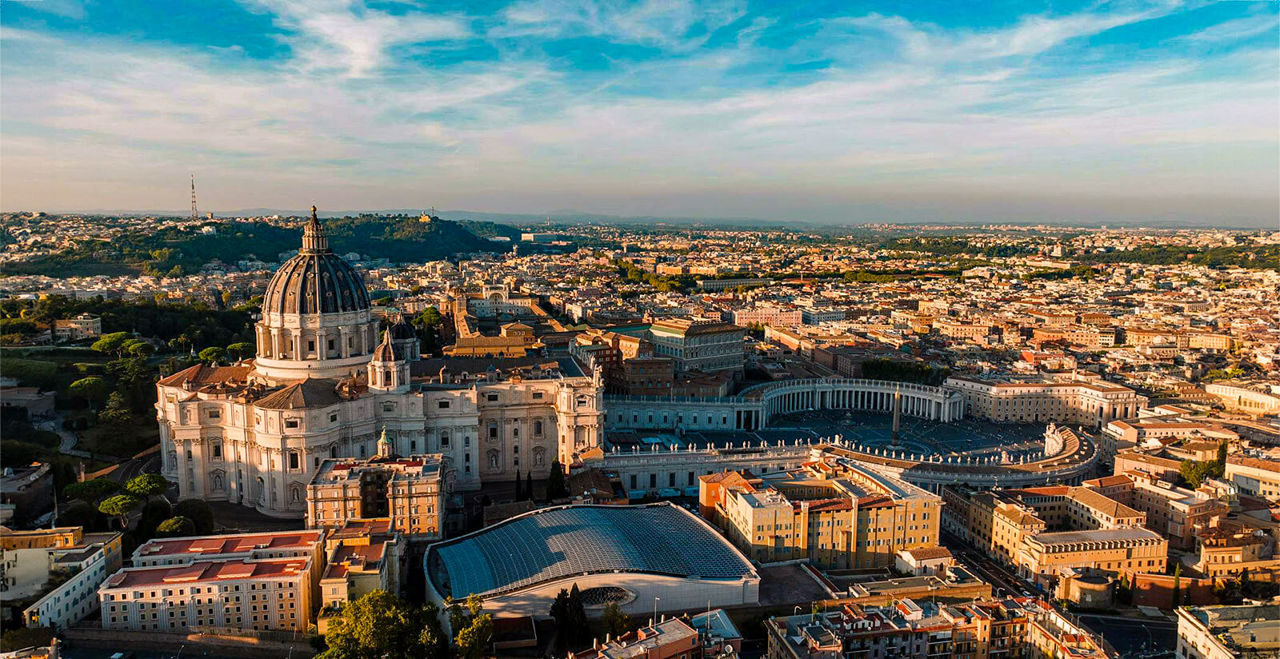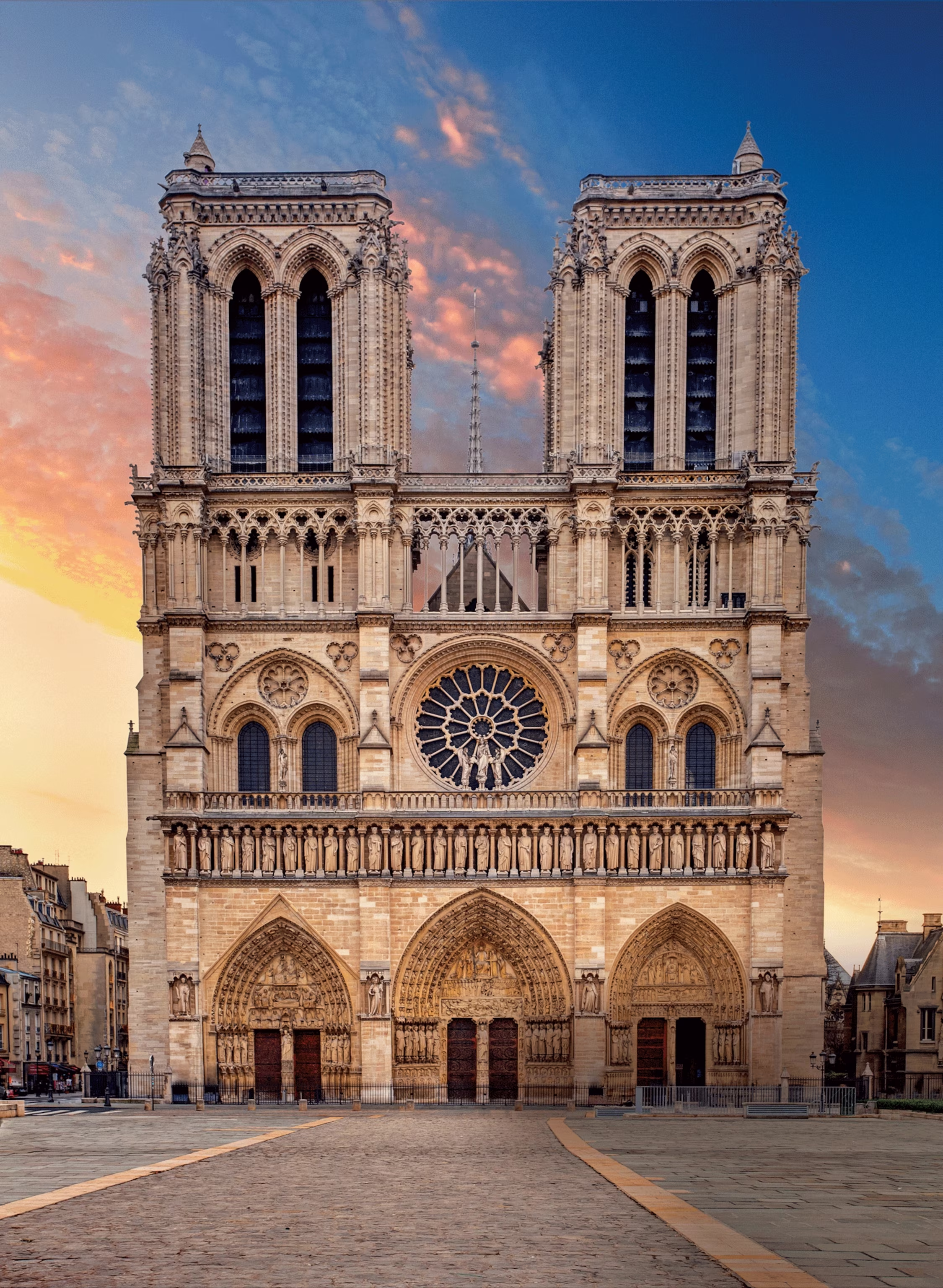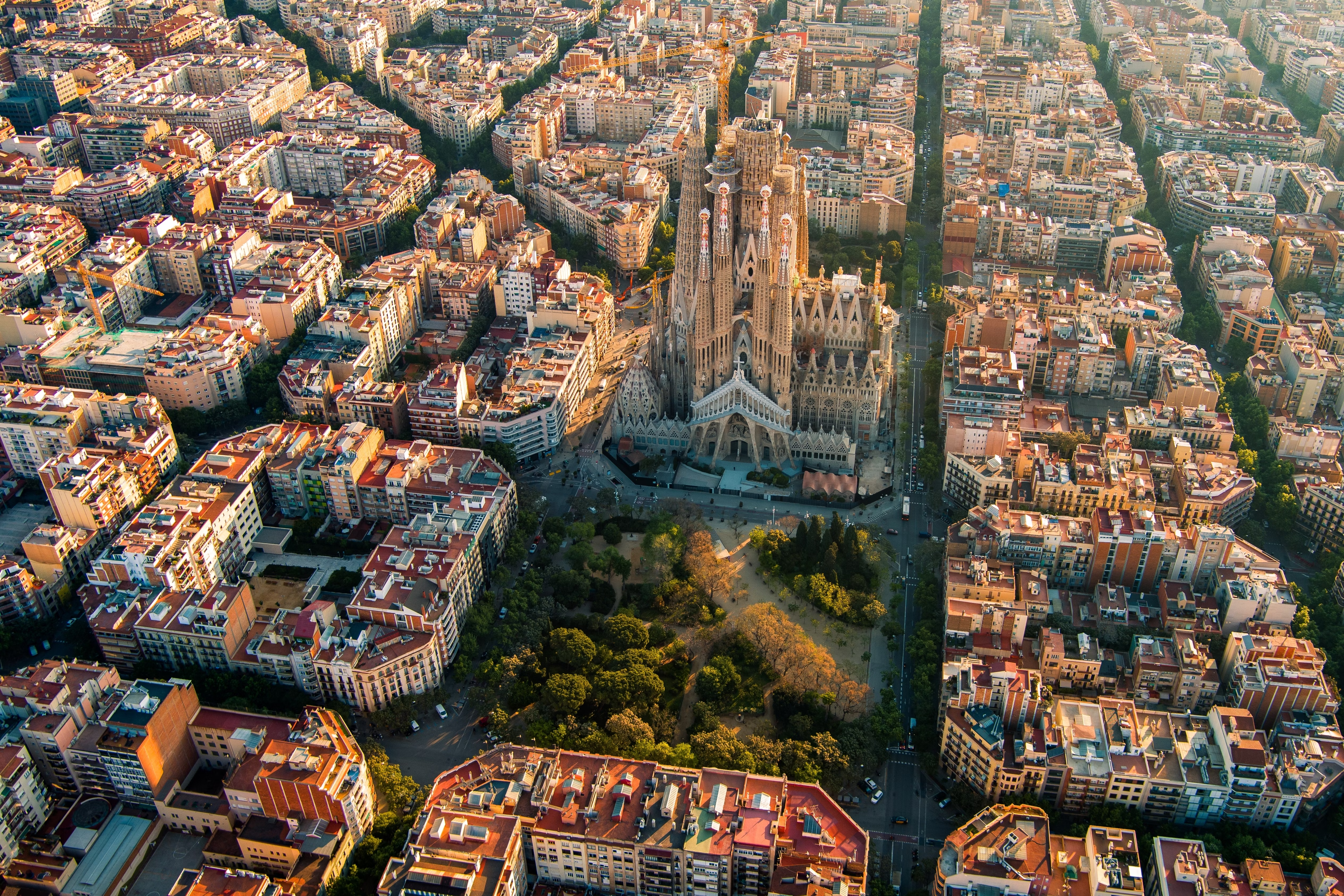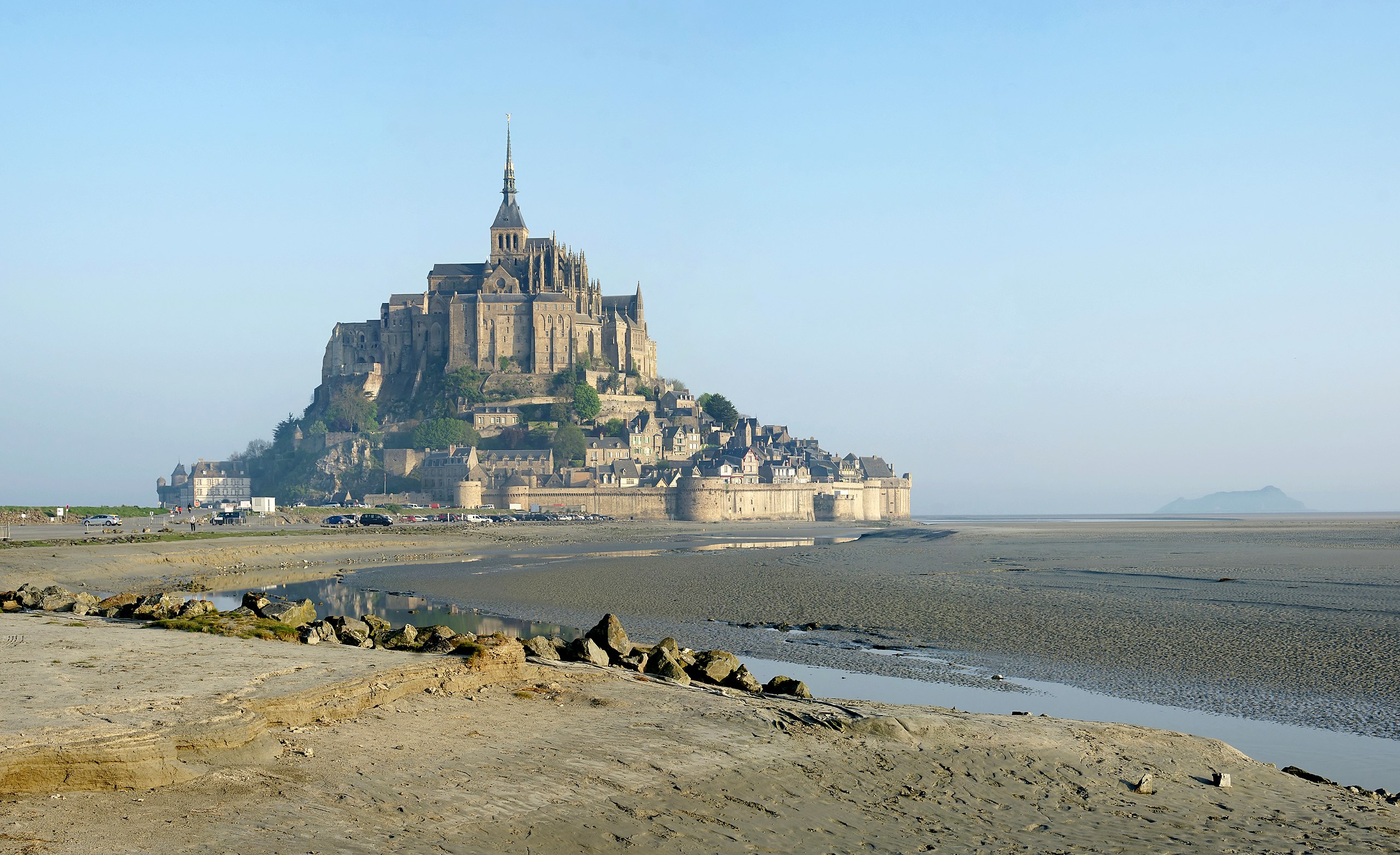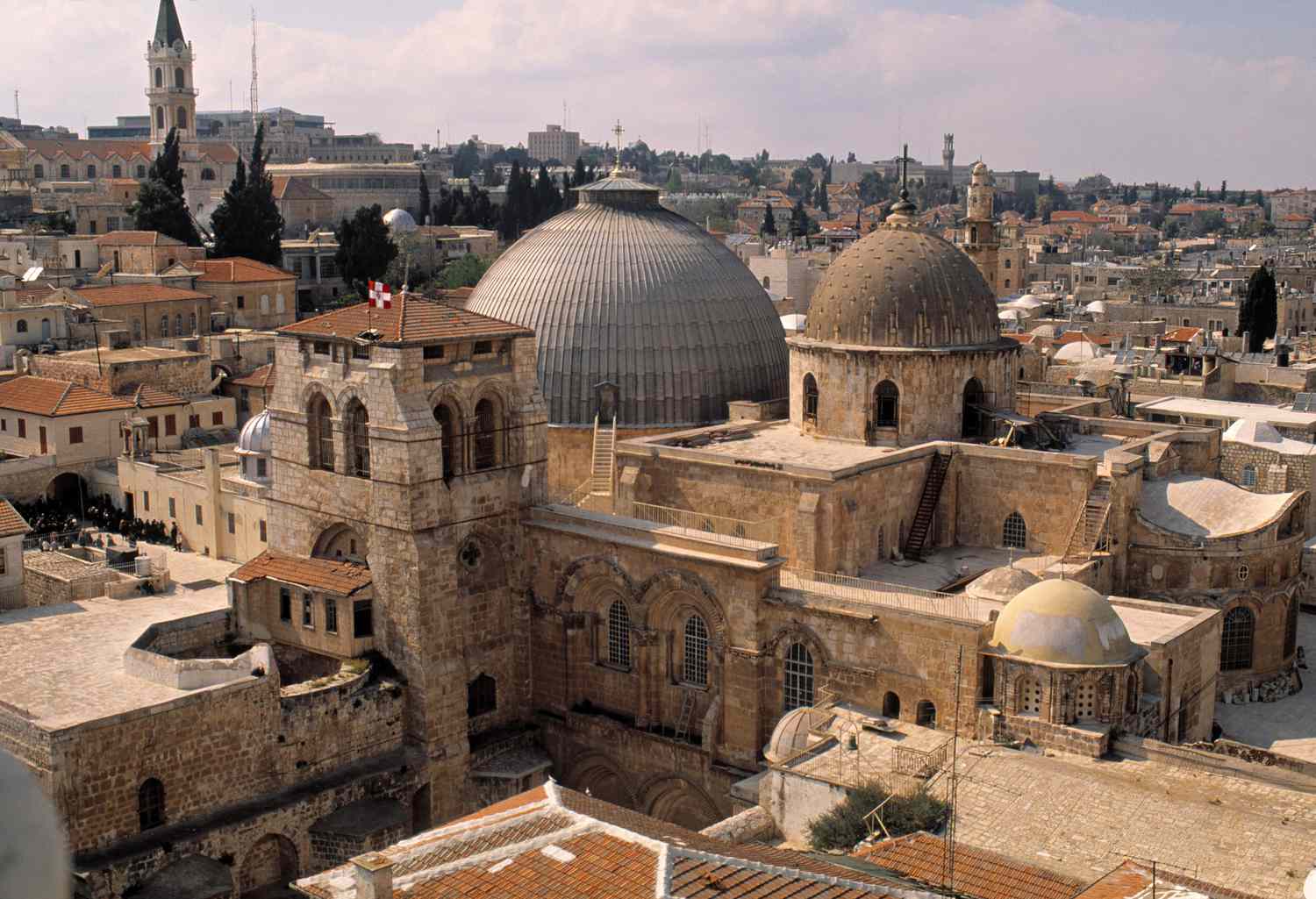
Church of the Holy Sepulchre
Built over the believed sites of Jesus’ crucifixion and resurrection, this is Christianity’s holiest shrine. The current structure is mainly Crusader-era with Byzantine roots.
Historical Context
Church of the Holy Sepulchre was constructed during the early christian / romanesque / crusader period, specifically between Originally 4th century, major reconstruction in 12th century (Crusader). This era was characterized by significant developments in architectural techniques and religious expression.
The construction was commissioned by local religious authorities and took place during a time of significant religious and cultural development. The building has survived through centuries of history, witnessing wars, political changes, and cultural transformations.
Over the centuries, Church of the Holy Sepulchre has undergone several renovations and restorations, each adding to its historical significance while preserving its original character and purpose.
